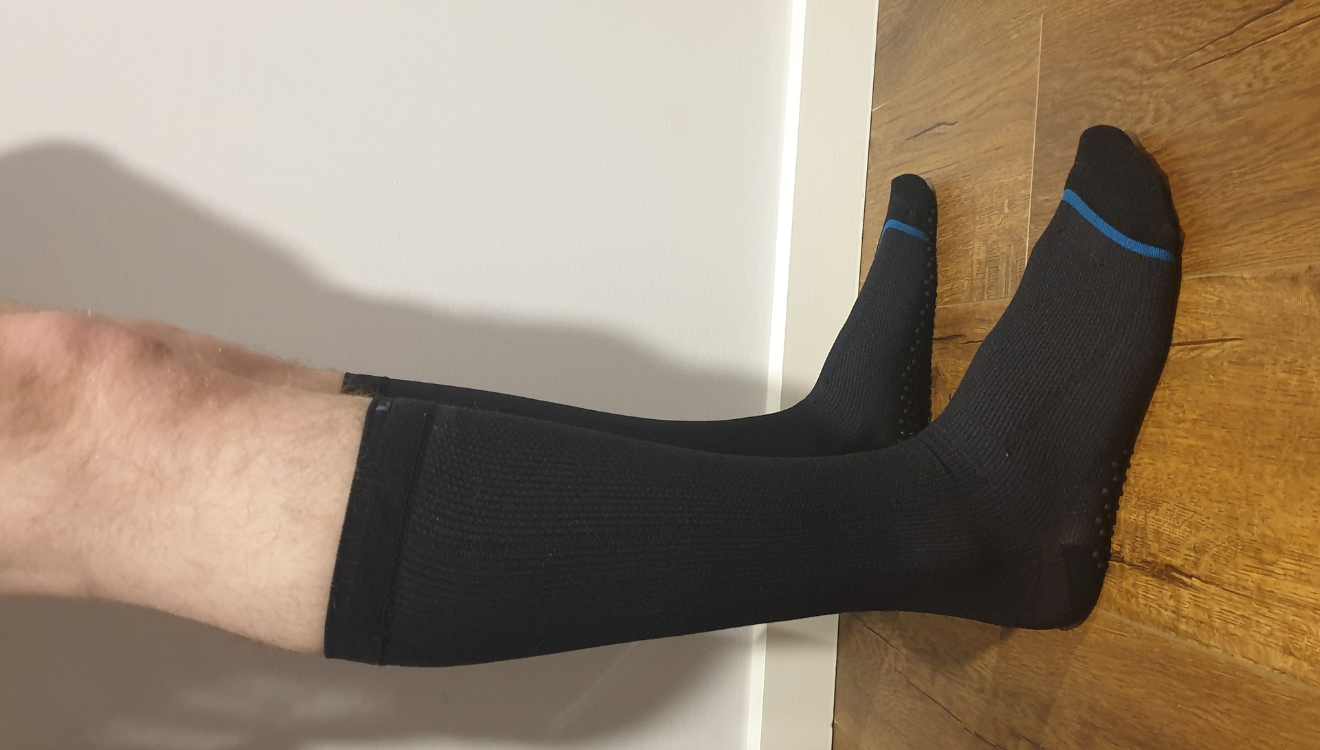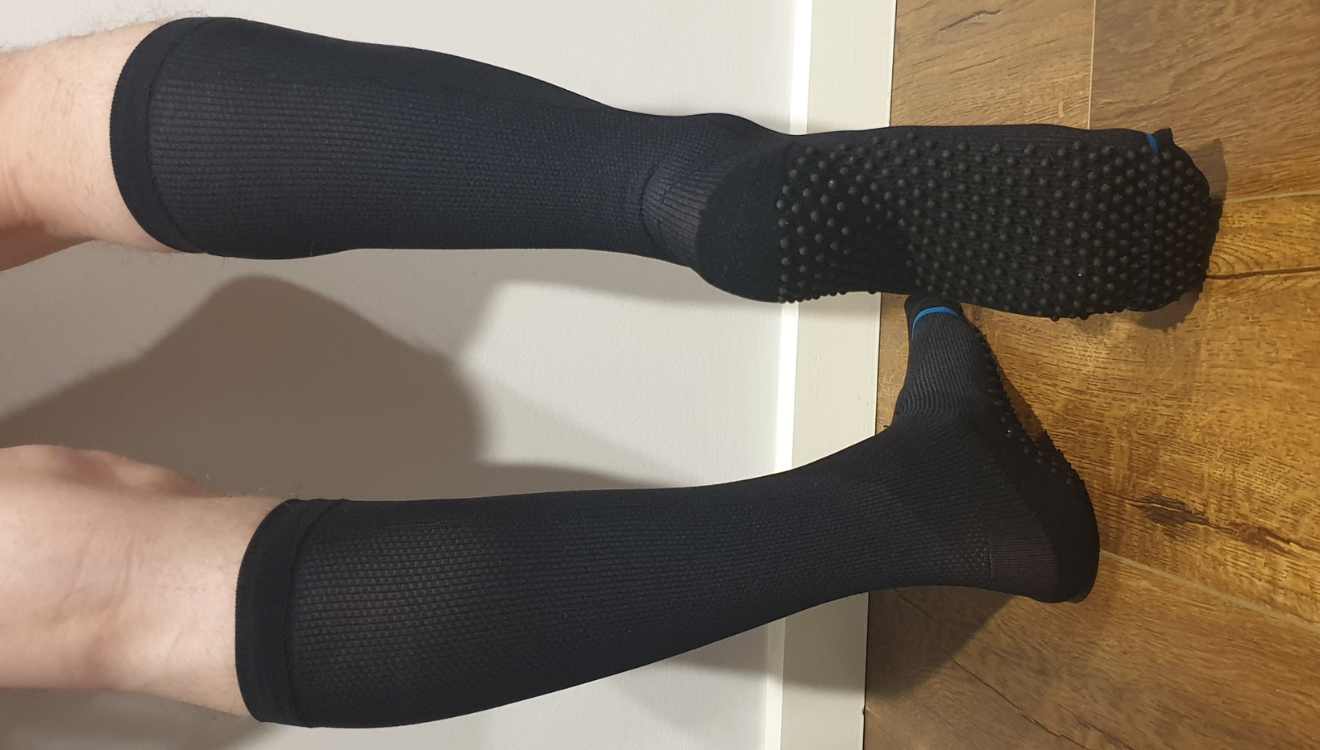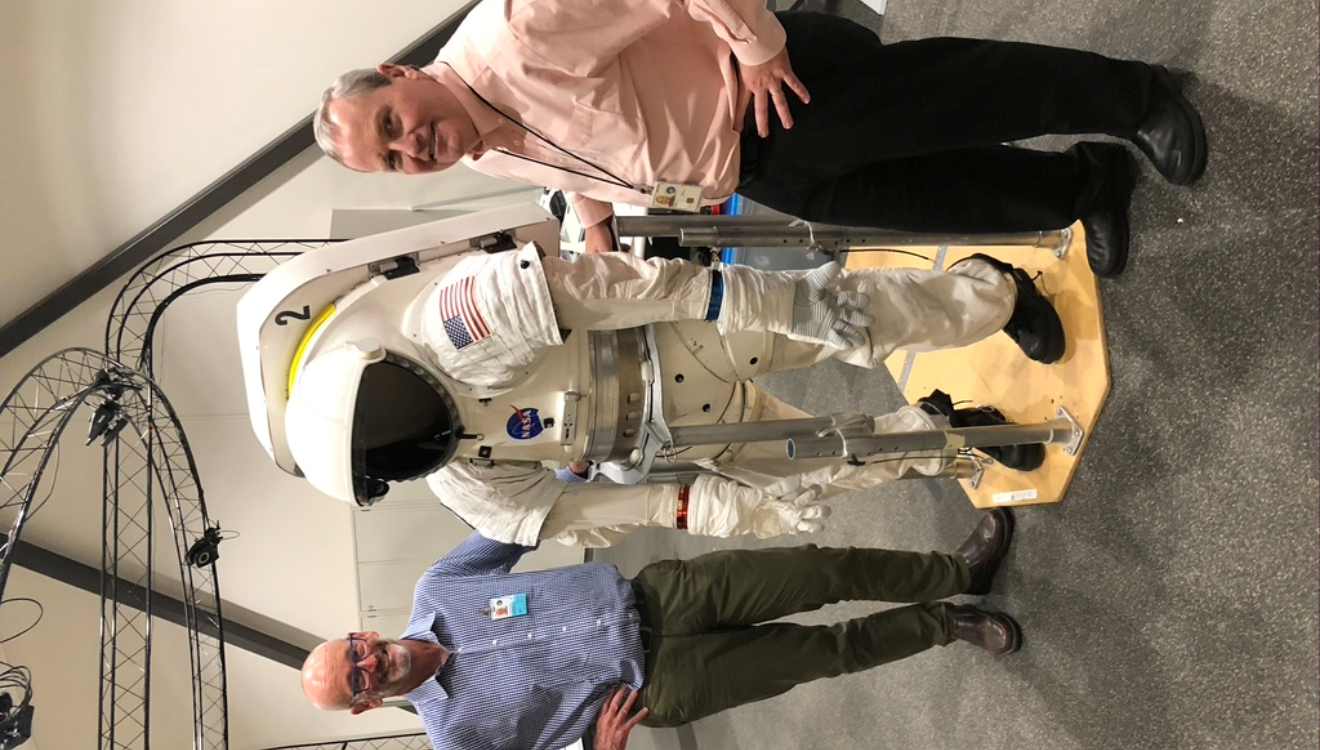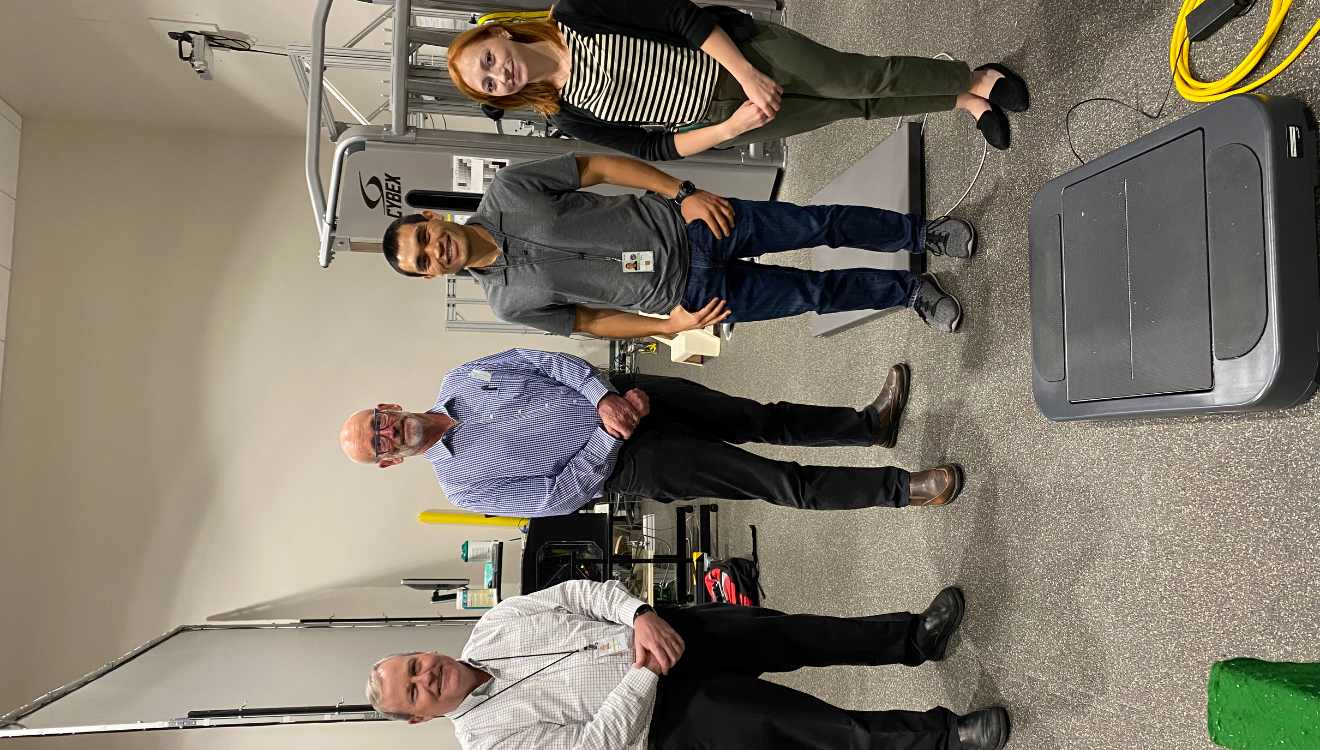An innovation from the University of Canberra (UC) can counter the effects of space on the human body.
UC researchers are working with Australian start-up Prism Neuro to measure the effectiveness of a wearable sock to reduce injuries in space or on Earth.
The downside of weightlessness
Space affects the body’s ability to sense its own movement, due to microgravity. With less gravity than Earth, astronauts use their arms much more to move around instead of their legs. This causes loss of function. Returning to Earth is a significant shock to the body as it tries to readapt.
The UC Research Institute for Sport and Exercise has developed a wearable compression sock to address this issue. Dr Gordon Waddington, Professor of Sports Medicine at UC, has led the innovative research project.
“Significant changes occur in the brain and body (from microgravity) that increase the risk of catastrophic injury,” Dr Waddington explains.
“Textured insoles, which stimulate the touch receptors of the sole of the foot, can increase tactile information (somatosensation) to the brain, reducing the loss seen in microgravity”.
“While in-soles may be beneficial for stimulating the sole of the foot, further investigation has suggested that a combination of a compression sock and a tactile surface inside the sock can enhance this effect.”
Uses beyond space for a better life on earth
While the research focuses on astronauts, the technology has a wide range of applications on earth. After all, changing posture from standing to lying, and prolonged bed rest, is not unique to spaceflight.
"Theoretically, this can improve performance in a range of individuals from older persons, to athletes, to astronauts,” Dr Gordon Waddington, University of Canberra says.
Compression and tactile socks like this one can help people recovering from ankle sprains or similar injuries.
In addition to the sock, the team have validated a therapy and measurement system called AMEDA (Active Movement Extent Discrimination Apparatus).
“(AMEDA) enables us to track the impact of inactivity of the lower limbs in various postures,” Dr Waddington says.
The system can also use somatosensation to detect if someone is at risk of falls or assess athlete movement control ability.
The Australian company SRC Health are manufacturing the prototype wearable sock.
Prism Neuro developed the measurement system. elmTEK, also an Australian company, has fabricated the system.
The University of Canberra’s wearable sock, pictured below, is inside-out to show the texture surface.
 |
 |
Collaborating with international partners
NASA’s 2019 Human Exploration Research Opportunities identified the need for countermeasures to mitigate the significant risk of sensorimotor disturbances following spaceflight. In 2020, the Australian Space Agency awarded International Space Investment funding for this purpose to the University of Canberra.
“This resulted in the delivery of the prototype sensorimotor assessment devices to NASA Johnson Space Centre and resultant publications,” Dr Waddington says.
Now, the ongoing work has seen international partners use UC’s wearable sock to assess astronaut skinsuits and space suits.
“This work has continued the collaborative research at the Johnson Space Centre and is now extending to the collaboration with Prism Neuro Pty Ltd to include the world-renowned MIT (Massachusetts Institute of Technology) Aero Astro Lab facility,” Dr Waddington says.
MIT has also contributed to supervising graduate students back at the UC Human Neuroscience Laboratory. This marks a further contribution to innovative and valuable Australian research that has grown from this project.
UC’s “sock” is ideal for the current ISS EVA suit, pictured with Gordon Waddington and Scott Wood.
Pictured left to right: Dr Scott Wood NASA Neuroscience JSC, Dr Gordon Waddington University of Canberra, Dr Timothy Macaulay NASA Neuroscience JSC, Rachel Belisle MIT Astro Aero Lab with the AMEDA system at NASA JSC Houston TX USA.



